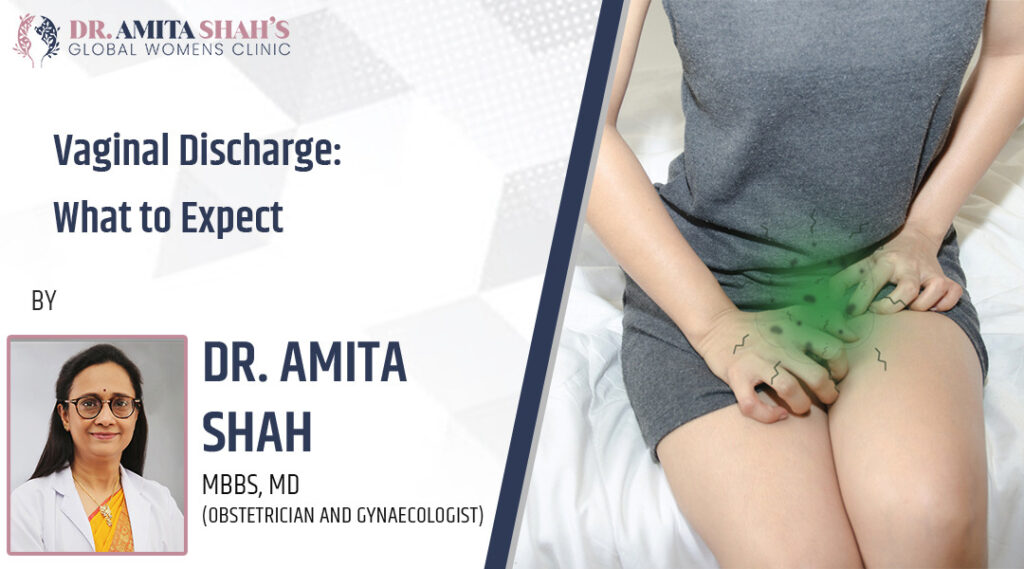Vaginal Birth vs C-Section – Pregnancy and childbirth are critical events in a woman’s life. The type of delivery, whether normal or cesarean, can have a significant impact on the mother and child’s health. Choosing between normal delivery and cesarean delivery is a decision that requires careful consideration. This blog post will explore the differences between normal and cesarean delivery, the benefits and risks associated with each, and the factors that can influence the choice of delivery method.
What is Normal Delivery?
Normal delivery, also known as vaginal birth, is the natural way of giving birth to a baby. During normal delivery, the baby passes through the birth canal and is born through the mother’s vagina. Normal delivery is preferred by most women because it is a natural process, and it has several benefits for both the mother and the baby.
Benefits of Normal Delivery:
1. Faster Recovery: Women who deliver normally usually recover faster than those who undergo cesarean delivery. This is because there is no incision or surgical wound to heal.
2. Lower Risk of Infection: Normal delivery is associated with a lower risk of infection than cesarean delivery. This is because no incision or wound can get infected.
3. Better Bonding: Women who deliver normally have better bonding with their babies than those who undergo cesarean delivery. This is because they can hold and breastfeed their babies immediately after delivery.
4. Lower Cost: Normal delivery is less expensive than cesarean delivery.
What is Cesarean Delivery?
Cesarean delivery, also known as C-section, is a surgical procedure in which the baby is delivered through an incision made in the mother’s abdomen and uterus. Cesarean delivery is usually recommended in cases where normal delivery is not possible or poses a risk to the mother or the baby.
Reasons for Cesarean Delivery:
Fetal Distress: Cesarean delivery may be necessary if the baby shows signs of distress during labour, such as an abnormal heart rate.
Breech Presentation: Cesarean delivery may be necessary if the baby is not in the head-down position for delivery.
Previous Cesarean Delivery: Women who have had a previous cesarean delivery may be advised to have another cesarean delivery to avoid the risk of uterine rupture during normal delivery.
Maternal Health: Cesarean delivery may be necessary if the mother has a medical condition that makes normal delivery risky.
Benefits of Cesarean Delivery:
Reduced Risk of Birth Trauma: Cesarean delivery is associated with a reduced risk of birth trauma, such as head injury or shoulder dystocia.
1. Planned Delivery: Cesarean delivery is a planned procedure, which means that the delivery can be scheduled in advance, allowing for better preparation and planning.
2. Lower Risk of Pelvic Floor Disorders: Cesarean delivery is associated with a lower risk of pelvic floor disorders, such as urinary incontinence or pelvic organ prolapse.
Risks of Cesarean Delivery:
1. Longer Recovery: Women who undergo cesarean delivery usually take longer to recover than those who deliver normally.
2. Increased Risk of Infection: Cesarean delivery is associated with an increased risk of infection, both during and after the procedure.
3. Breathing Problems: Babies born by cesarean delivery are at a slightly higher risk of respiratory problems than those born normally.
The choice of delivery method between normal and cesarean delivery depends on various factors. Some of the important factors that can influence the decision are:
1. Maternal Health: The mother’s health condition is a crucial factor in determining the delivery method. Women who have medical conditions like hypertension, diabetes, heart disease, or HIV may be advised to have a cesarean delivery to avoid potential complications during normal delivery.
2. Previous Delivery: Women who have undergone a previous cesarean delivery may have to choose between a normal delivery and a repeat cesarean delivery. The decision depends on the reason for the previous cesarean and the risk of uterine rupture during normal delivery.
3. Fetal Health: The baby’s health condition is also an important factor in determining the delivery method. If the baby is in distress or shows signs of fetal distress, a cesarean delivery may be necessary.
4. Labor Progress: The progress of labour is another factor that can influence the choice of delivery method. If the labour is not progressing well, cesarean delivery may be necessary to avoid complications.
5. Mother’s Choice: In some cases, the mother’s preference can also be a deciding factor. Some women may prefer a normal delivery, while others may opt for a cesarean delivery.
It is essential to discuss the various factors with a healthcare provider to make an informed decision about the delivery method. Both normal and cesarean deliveries have their advantages and disadvantages, and the ultimate goal is to ensure the safety and health of both the mother and the baby.
Related Post
- What is a Birth Control Pill?
- What is Hysterectomy?
- What is an Ectopic Pregnancy?
































